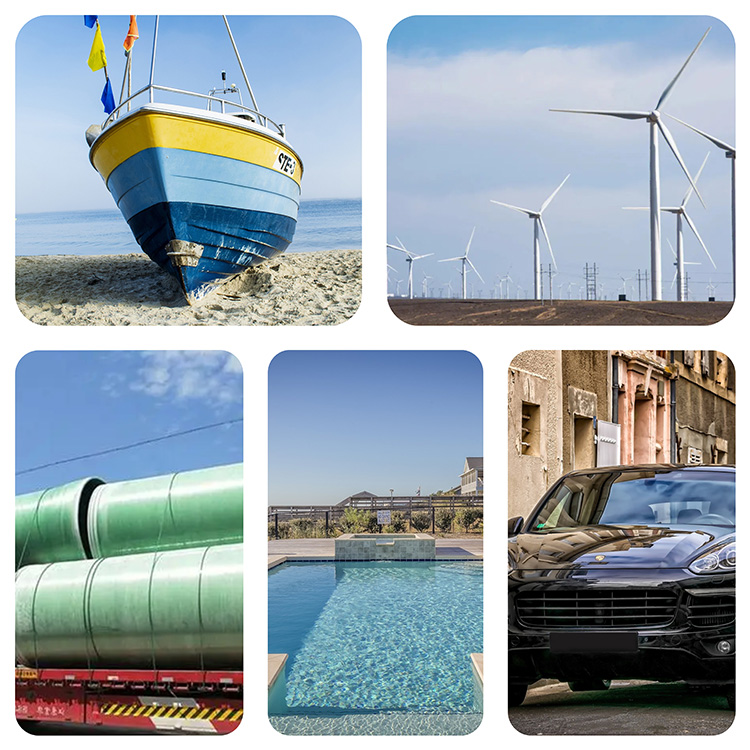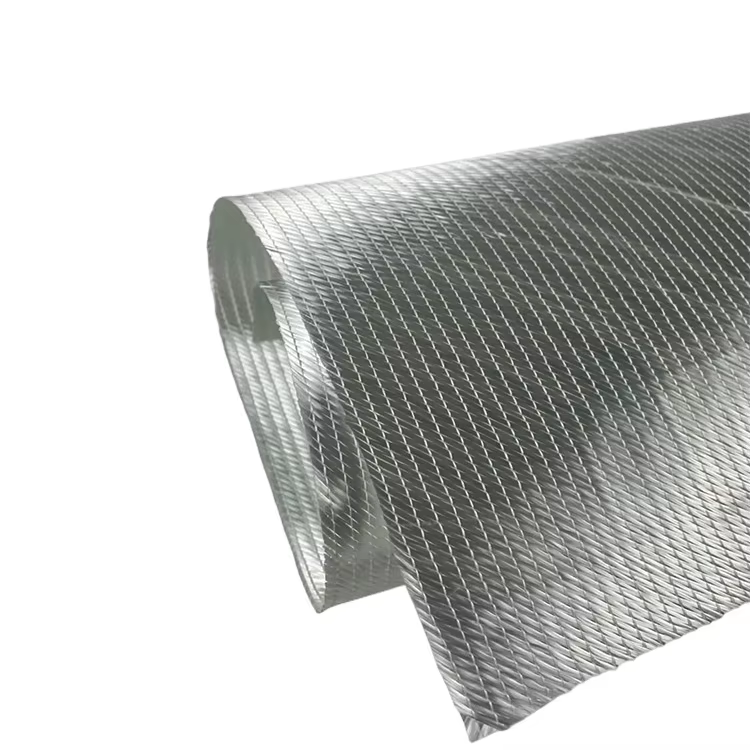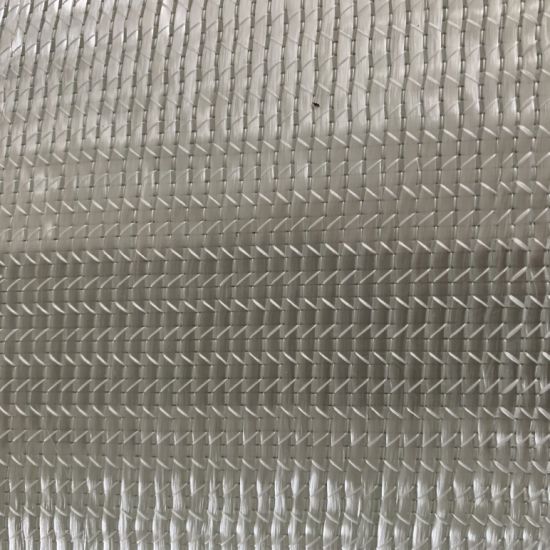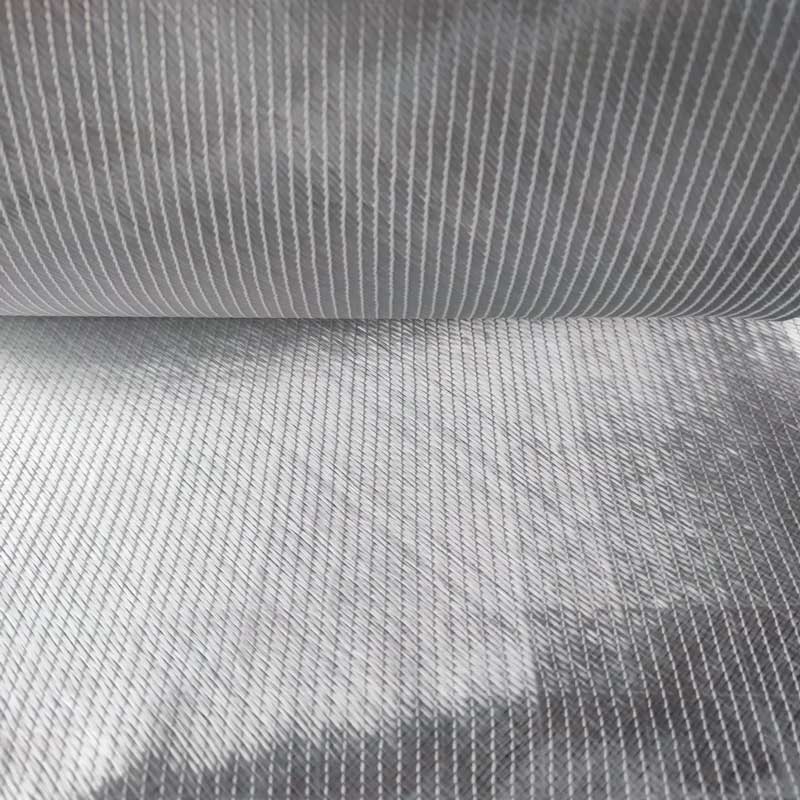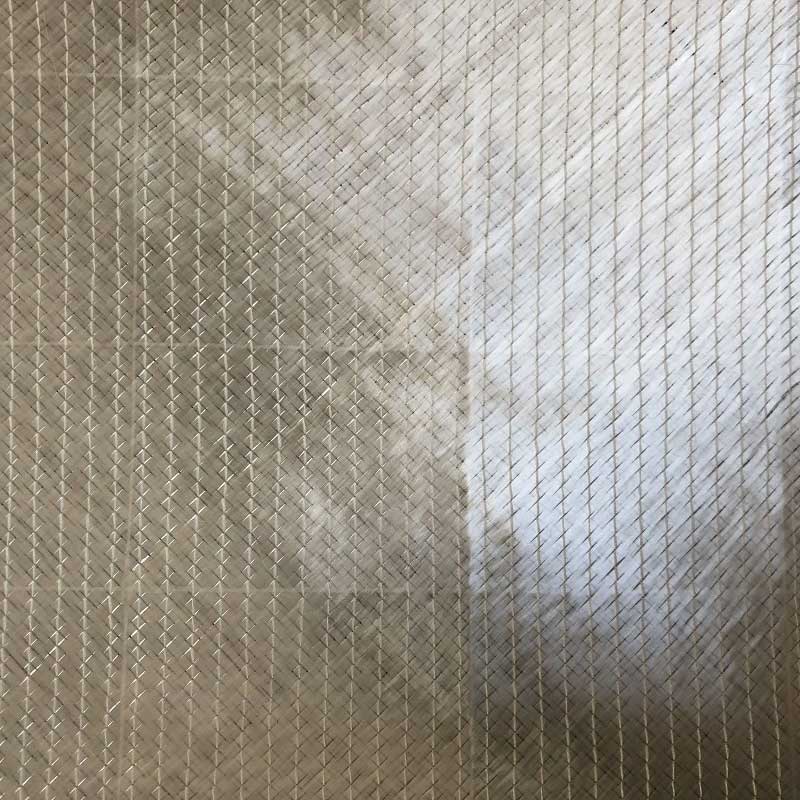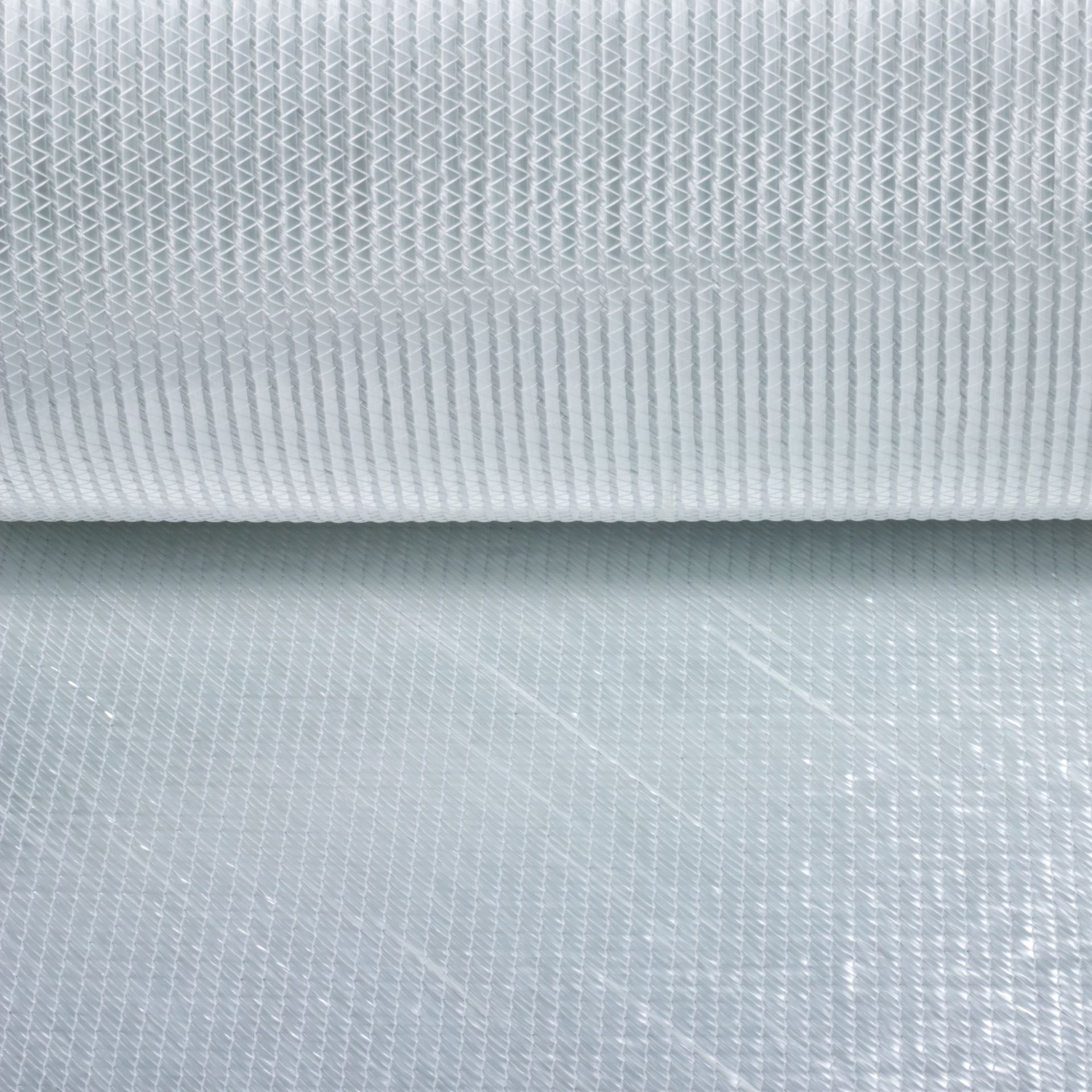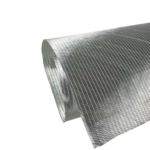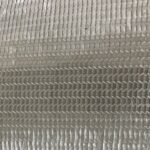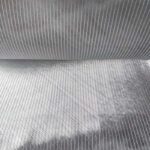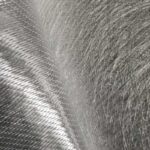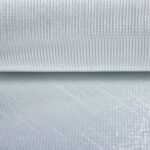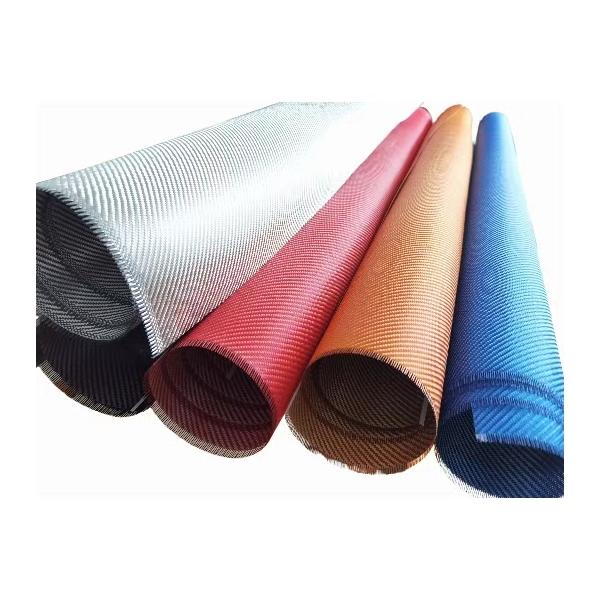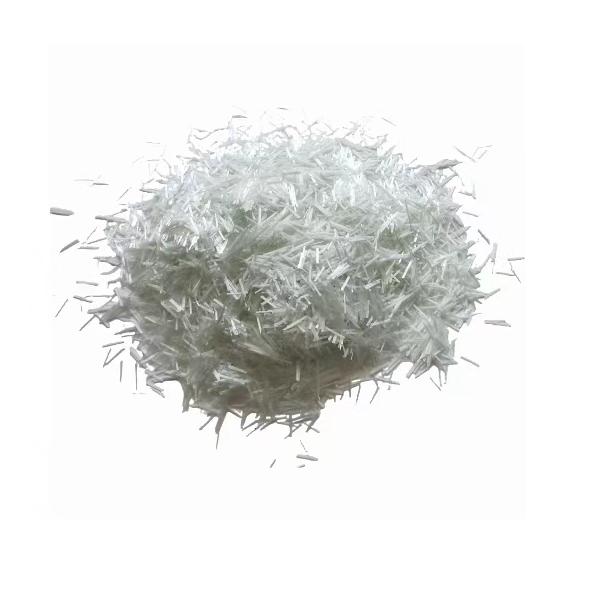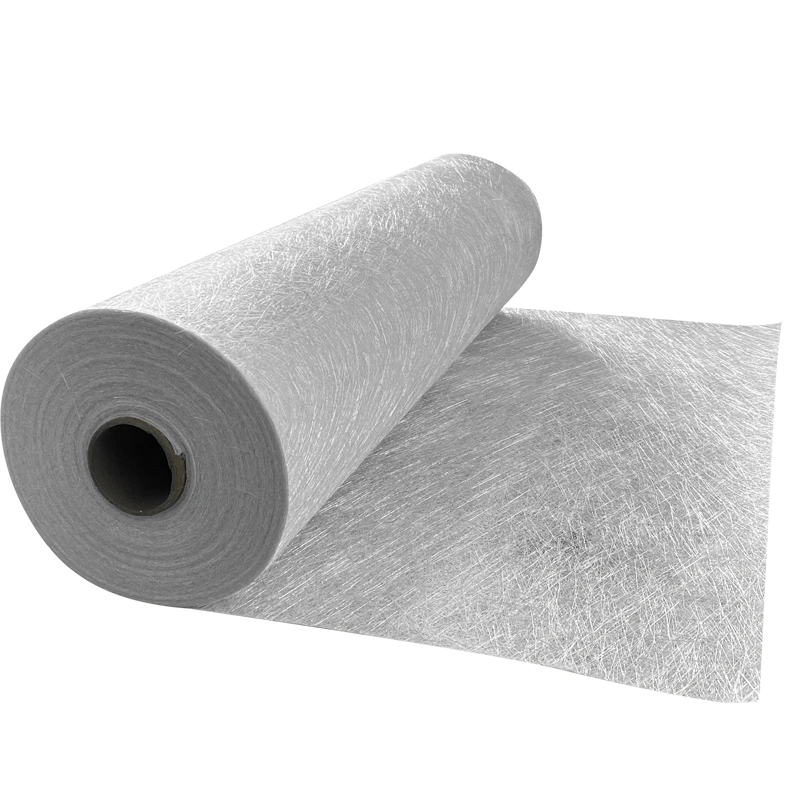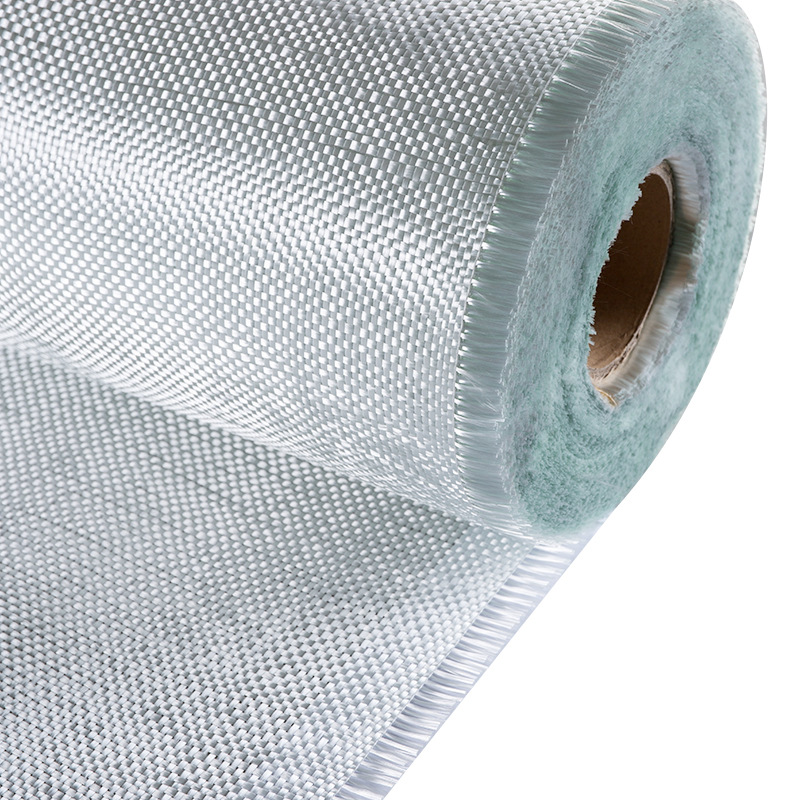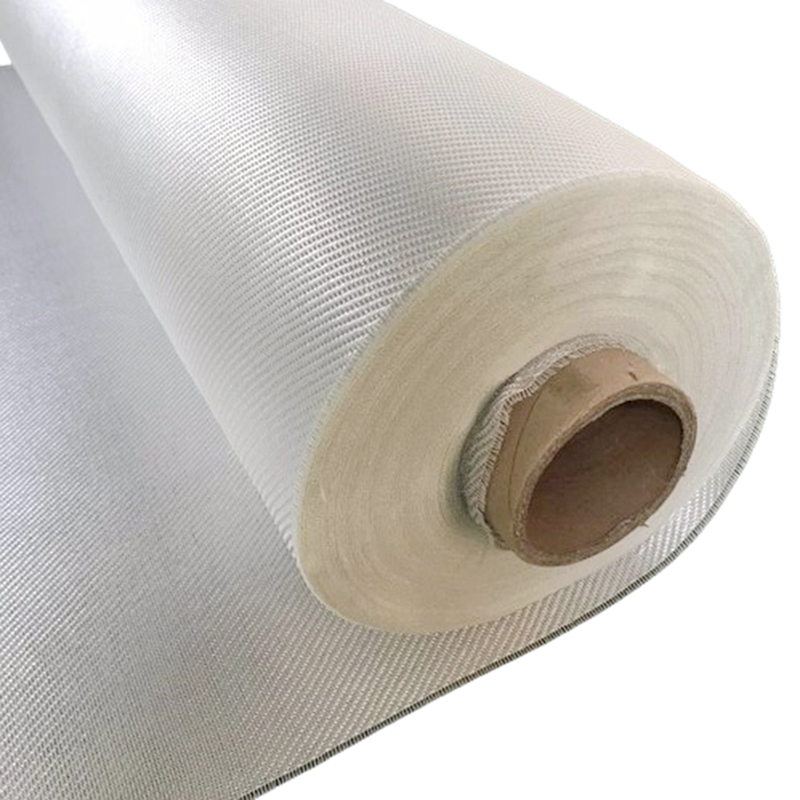Fiberglass multiaxial fabric is composed of alkali free glass fibers directly spun in a+45 °/-45 ° directional arrangement and then sewn with polyester seams. Suitable for various resin reinforcement systems, such as unsaturated polyester resin, vinyl resin, and epoxy resin. Widely used in vacuum, hand layup, extrusion, RTM and other formed products, such as ship hulls, wind turbine blades, automotive components, sports equipment, large containers, and other fiberglass products.
| Product name | Fiberglass multiaxial fabric |
| Material | Fiberglass |
| Structure Design | Unidirectional:0° or 90° direction Biaxial:0°/90° direction or +45°/-45° directions Triaxial:+45°/0°/-45°direction or +45°/90°/-45° directions Quadriaxial:in 0°/90°/-45°/+45° directions |
| Weight (g/m2) | 400~1500gsm |
| combustible matter(%) | 2.0%-8.0% |
| Moisture Content | Less than 0.2% |
| Application | Used in vacuum, hand layup, extrusion, RTM and other formed products, such as ship hulls, wind turbine blades, automotive components, sports equipment, large containers |
Features
1.Strong tensile strength: The yarns are arranged parallel and straight, with high orientation of each layer, and can jointly withstand external loads.
2.High elastic modulus: The parallel arrangement of yarns eliminates the phenomenon of yarn curling.
3.Good drape: The deformation ability can be increased by increasing the coil and reducing the tissue density.
4.Good shear resistance: The shear deformation of the fabric is controlled.
5.Strong corrosion resistance: able to resist the erosion of various chemical substances.
6.Good insulation performance: can effectively block the transfer of heat.
Application:
